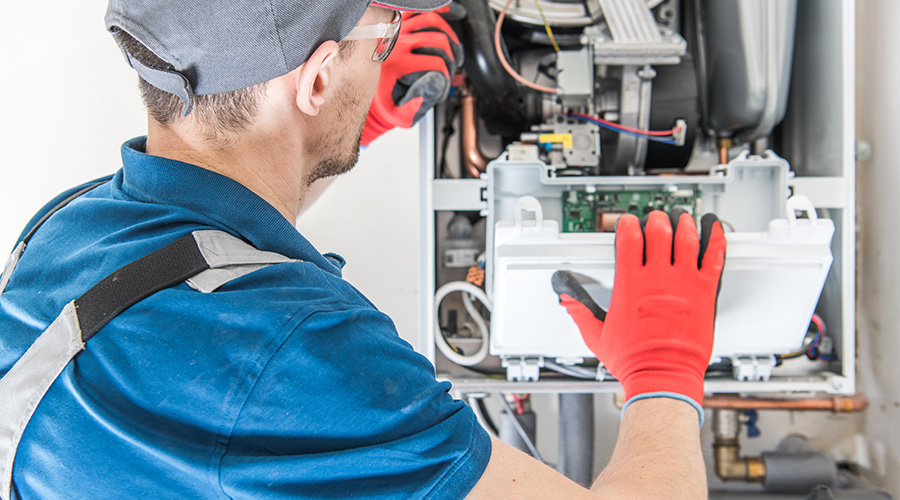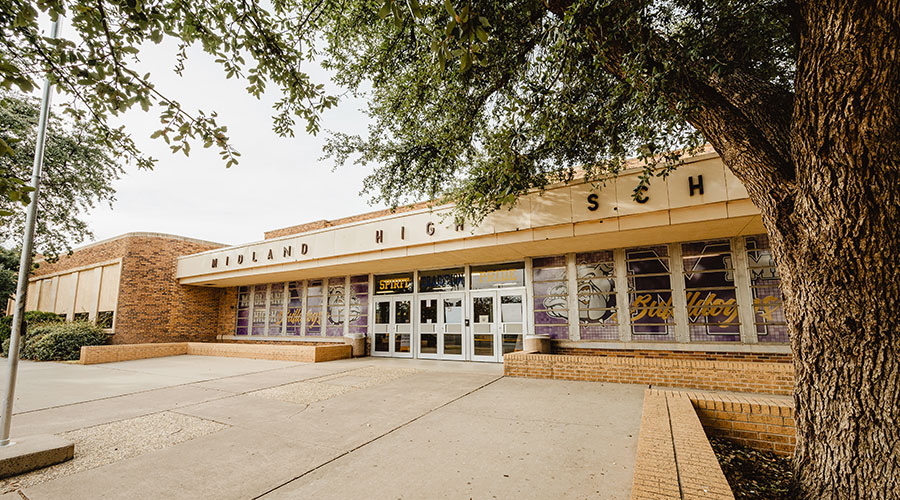Patchwork Repairs Often Result in Increased HVAC Costs
One given in HVAC system maintenance is that the longer a system has been operating, the greater the number of patchwork repairs and modifications technicians have made to the system. Maintenance personnel have always been expected to do more with less, which has created a culture of quick fixes.
Without sufficient time or personnel to develop a thorough understanding of the problems and the proper remedies, technicians have resorted to the quick fix — finding a way to get the system or component to work. The problem with this approach is that over time, the number of quick fixes to a system can dramatically alter the way that system operates.
Often, the result is a reduction in both performance and efficiency. Even worse, nobody can remember the way the system was designed to operate or even the changes that have been made. Patches only make it more difficult to fix problems.
Retrocommissioning can help restore the system's operation to the way it was originally intended. The process starts with an examination of the performance level needed for the facility, and it documents how well existing systems meet those needs. It identifies changes technicians need to make to maximize performance while minimizing energy use, including changes to equipment, operating schedules, control systems, and maintenance procedures.
Managers should not enter into retrocommissioning lightly, particularly in older facilities or facilities where technicians have made numerous changes to systems. It is disruptive and time-consuming. Managers can expect comprehensive retrocommissioning to cost $0.24-$0.50 per square foot. They can expect to recover their investment in two years or less.
Chilling With Efficiency
Building walk-throughs and retrocommissioning are comprehensive in their approach to improving HVAC system efficiency, but managers also need to focus on the operation and performance of individual systems.
In most facilities, a central chiller is the largest single electrical load. So it makes sense to focus energy-conservation attention on chillers and their cooling towers. Probably the single most important maintenance task to increase chiller efficiency is keeping a log of important chiller parameters, including compressor operating pressures, oil levels, and pressures. Tracking these parameters over time will warn operators of developing issues.
Next, keeping the chiller's heat-transfer surfaces clean is critical to system performance. Normal operation introduces contaminants into the system that can cause mud, algae, sludge, and scale to collect on heat-transfer surfaces and reduce efficiency. Regular inspections and scheduled cleaning of these surfaces, along with implementation of a chemical-treatment system, can reduce this buildup.
Another maintenance task critical to maintaining a chiller's operating efficiency is purging air from the chiller's condenser. Low-pressure chillers, such as centrifugal chillers, have their evaporator section operating under a vacuum.
As a result, any leak in this portion of the system draws in air and moisture, both of which increase the condensing pressure in the chiller and result in a decrease in operating efficiency. Low-pressure chillers use a purge unit to remove air from the system. By monitoring the run time of the purge units, operators can detect developing refrigerant leaks.
Related Topics:













